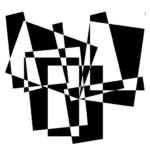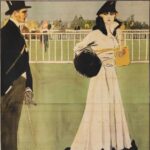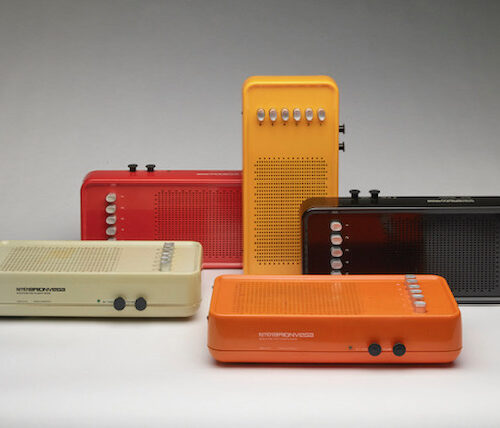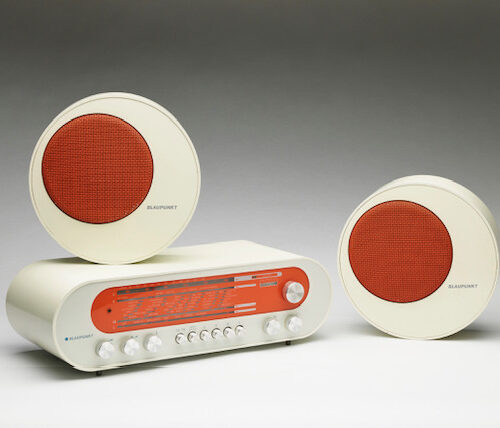
Olivetti Graficarte – Arte e industria. Viaggio nei manifesti pubblicitari Olivetti
27 September 2024
Marcello Dudovich Unfinished. Passioni mute 1920 – 1930
18 October 2024On the occasion of the 150th anniversary of the birth of Guglielmo Marconi and 100 years since the first public radio broadcast, Fondazione Massimo e Sonia Cirulli hosts the exhibition Radio Design. The aesthetic evolution of radio devices. The exhibition, first presented at ADI Design Museum, offers an unprecedented journey into the world of design and radio technology, exploring the changes and innovations that have characterized this fascinating sector.
More than 50 models from the private collection of Davide Vercelli, curator of the exhibition, witness the revolution of radio, from the first valve radios to the most modern devices.


The exhibition path explores some of the major issues which relate to society and have been interpreted by the world of radio, too. Ample space is dedicated to the history of important companies such as Braun, Ducati and Brionvega and to the contributions of authoritative designers such as the Castiglioni brothers, Zanuso and Sapper, Le Corbusier, Starck, Pantom and Loewy. The exhibition highlights the technological changes that occurred with the invention of transistors, the consequent miniaturization of products and the effect of technological innovation on design. It also marks the importance of material changes with the advent of plastics in mass products , from Bakelite to the most modern technopolymers. The exhibition then investigates the role of the radio from a socio-cultural point of view: from a means of propaganda and national unity - a common need but interpreted differently by Italy and Germany - to the modernist radio resulting from the competition launched by Gio Ponti up to the Space Age of the Seventies.
The exhibition has a particular focus on the way in which the design of radio devices has influenced and has been influenced by social and cultural changes.
It tells the several stages the radio passed through and carries out a detailed analysis of the socio-economic contexts, personal stories and inventions of the designers who contributed to the aesthetic evolution and diffusion of the radio from the 1930s to present day: the radio as a symbol of modernity, a propaganda tool, a means of entertainment and, today, a multifunctional device.

